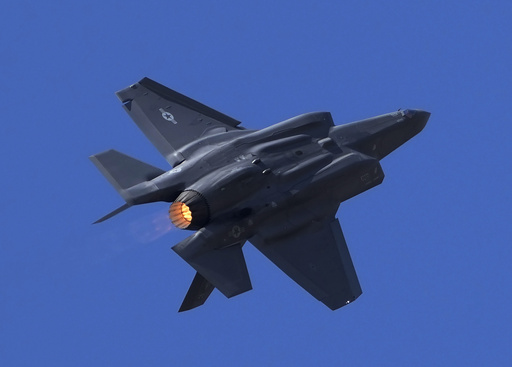NEW DELHI — Prime Minister Narendra Modi is set to embark on a crucial visit to Washington on Wednesday, where his relationship with President Donald Trump will face significant scrutiny. Modi is keen to navigate discussions surrounding tariffs, especially in light of existing levies impacting other nations and Trump’s ongoing to create a favorable trade environment.
As an essential ally of the United States, India has so far avoided additional tariffs. The rapport between Modi and Trump is notably personal, despite Modi facing domestic criticism over the state of India’s democracy. Modi is hoping to strengthen India’s ties with the West amid Trump’s earlier reluctance to criticize Russia’s actions in Ukraine.
However, Trump has notably labeled India as a “tariff king” and has pushed for the deportation of migrants from India. In light of this, New Delhi has been inclined to consider lowering tariffs on American goods, agree to the return of Indian migrants, and increase purchases of U.S. oil. Yet, as the imminent threat of tariffs looms, it raises the question of how much their personal connection can influence substantive negotiations.
Observers will be watching the body language of both leaders closely. Modi had previously fostered a solid working dynamic with Trump during his initial term, and observers believe that they can build on previously established common ground while minimizing potential friction. Meera Shankar, India’s former ambassador to the U.S., emphasized the importance of both firmness and flexibility in tariff negotiations.
Modi arrives in Washington energized by the recent electoral victory of his ruling Hindu nationalist party in a critical state legislature election, underscoring the opportunity to enhance collaboration in technology, trade, defense, and energy sectors during this visit.
In discussions held earlier this year, Trump highlighted the necessity for India to enhance its procurement of American military equipment, seeking to reduce the significant trade imbalance, which last year saw the U.S. importing $50 billion more in goods than it exported to India. If previous statements from the White House are any indication, the American administration is keen on fostering a fair bilateral trading relationship.
Moreover, India recently accepted the return of 104 migrants on a U.S. military flight, reflecting a cooperative gesture amid Trump’s push for stricter immigration policies. Additionally, Modi’s administration has taken steps to lower tariffs on certain U.S. products, including Harley-Davidson motorcycles, and has eliminated retaliatory tariffs on U.S. almonds and other goods this year.
Analysts suggest that Modi may propose increased purchases of American natural gas to help reduce the U.S. trade deficit, which could serve as a further means to foster goodwill between the two nations.
India’s role is particularly vital in the context of U.S. strategies aimed at balancing China’s growing influence in the Indo-Pacific region. India is expected to host a summit later this year with the Quad nations, a coalition comprising the U.S., India, Japan, and Australia. However, should U.S.-China relations shift positively during Trump’s administration, it may complicate India’s position as a pivotal ally without compromising its sovereignty.
Following previous tensions, India and China agreed last December to work towards resolving their protracted border issues in the Himalayas. Still, geopolitical dynamics suggest even minor shifts in U.S.-China relations could impact India.
The United States remains India’s largest trading partner, and their economic relationship is robust, with a bilateral trade totaling approximately $190.1 billion in 2023. The significant trade surplus India has with the U.S. underscores the growing economic interdependence, despite India’s reliance on Russia for military hardware constituting around 60% of its defense needs.
Looking forward, New Delhi is increasingly exploring partnerships with the U.S., Israel, and other nations for defense needs. Recent agreements have allowed General Electric to collaborate with India’s Hindustan Aeronautics in developing jet engines, as well as potential sales of U.S-made MQ-9B SeaGuardian drones. Since 2008, India has committed over $20 billion to purchase U.S. defense equipment.
Experts believe that Modi’s visit presents a crucial opportunity to deepen Indo-U.S. relations. They say that the goodwill between Trump and Modi must translate into tangible benefits for both countries.




